CANCELED - DE PALMA AT COLUMBIA COLLEGE MARCH 26
UPDATE 3/14/2020 - THIS EVENT HAS BEEN CANCELED
DE PALMA STUDIED PHYSICS & TECHNOLOGY AT COLUMBIA, BUT BECAME OBSESSED WITH CINEMA Brian De Palma
Brian De Palma, who attended Columbia University from 1958 to 1962, had been scheduled to return for
a Columbia College Today event on Thursday, March 26, but the event was canceled as of March 13th. Billed as "An Evening with Brian De Palma ’62," De Palma was to take part in a conversation with "renowned educator and author
Annette Insdorf, professor of film at the School of the Arts," who has been "director of Columbia’s Undergraduate Film Studies program for more than 20 years," according to CCT.
Susan Lehman had also been scheduled to be there, as the De Palma/Lehman novel
Are Snakes Necessary? would have been included in the discussion. The book would have been available for purchase, with the co-authors signing copies after the Q&A.
De Palma entered Columbia University as a freshman in 1958, studying physics and technology (in the Baumbach/Paltrow
De Palma doc, De Palma tells them he originally went to Columbia "to study physics and math and Russian"). Soon after the start of the semester, De Palma saw
Alfred Hitchcock's
Vertigo in VistaVision at Radio City Music Hall and something clicked. "At first, I didn't know exactly why I was so impressed," De Palma told
Michael Pye and
Lynda Myles in their 1979 book,
The Movie Brats. "It was like suddenly finding someone who is speaking your language and realizing that there is a vocabulary. You begin to be aware of a very grammatical use of the camera, something you only see in a very few directors. I began to realize why Hitchcock engages you so strongly; you were in the same position as the character. You saw the same information the character saw."
In his 2011 book Shock Value, Jason Zinoman points out that Vertigo engaged De Palma's practical side as well as his creative imagination. As De Palma told Zinoman: "I'd look and I'd say, okay, now how do you do that? Like when I was a kid, I'd look at machines and say, let's figure out how to do this." In his 1988 book The De Palma Cut, Laurent Bouzereau writes of De Palma's Vertigo epiphany: "Filmmaking had suddenly become more precise than science itself."
In a 1975 interview for Cinefantastique, De Palma told David Bartholomew that in the late '50s, "I was interested in theatre first, because I had a way of approaching that. They were doing plays at Columbia and I had been doing skits and things in high school, so I knew something about it. I was much more of a scientist than an artist. I thought science, now that was something really important. I was brought up in the '50s when going to the moon was the most important thing man would ever have to do."
With fresh Vertigo-inspired cinematic interest, De Palma joined the university's Columbia Players theater troupe. As a sophomore in 1960, De Palma met Jared Martin and William Finley at the Columbia Players' annual varsity show, A Little Bit Different. "And the varsity show that year had some names," Martin recollected for Justin Humphreys's 2014 book, Interviews Too Shocking To Print! "Terry McNally wrote the script, Ed Kleiban that did A Chorus Line wrote the music or the lyrics, I can't remember which. Michael Kahn, who became a famous director-- he directed it. Bill [Finley] more or less played the lead, I remember... He was a director looking for locations in a jungle for a movie he was shooting, and in this jungle he met all these strange types... And was this a real jungle or was he actually in Hollywood, walking through sets? We never really knew. But not only did Bill play the director, he also designed the sets. A huge set of banana leaves, which was very difficult to climb over if you wanted to make an entrance. A lot of people were late because they couldn't get through the banana leaves.
"And I played a bit role in this and that's where I met Bill. And Brian was kind of in the background. He wasn't an actor-- Brian was still acting at that time-- he wasn't an actor, he wasn't a writer, he was one of the producers-- he was around. And at the end of the varsity show, Brian stopped by and I didn't really know him at the time, and he said, 'Next year, in the fall, do you want to be roommates.' And I said, 'Sure.' And then, that summer, I was away, and then in the fall, I found that Brian's other close friend was Bill. And Brian was always the centerpiece.
"Bill and I liked each other, we worked well with each other, but Bill always lived at home. He wasn't part of the Columbia 'Go down to the West End and get loaded or hang out or this, that, and the other thing.' He'd go to class, he'd go to rehearsal, and then he'd go back to 25 Fifth Avenue [where] he lived with his folks and his sister. So we didn't really have a life [together] outside of campus and theater activities. But, that year, Brian was always the Pied Piper for our little group. Brian was the oldest, Bill was the middle, and I was younger by about two years."
Early in 1958, prior to leaving home in Philadelphia for Columbia University, De Palma had been working to document his father's infidelity by recording his phone calls, following him to work and snapping photos outside his father's office window. According to Zinoman, De Palma told one friend that year that the photos were his "first film." In 1970, De Palma mentioned his "background in photography" to Joseph Gelmis (for Gelmis' book The Film Director As Superstar) as he explained how he ended up directing his first short film, Icarus, in 1960:
I started making movies when I was at Columbia University as a sophomore. I was with the Columbia Players, and I had a background in photography. I was obsessed with the idea of directing the Players. But they wouldn't let undergraduates direct them, so I was frustrated. I figured I'd go out and direct movies instead.
This restlessness no doubt led De Palma to corral his friends Jared Martin and William Finley up to Sarah Lawrence College, where the three of them would spend most of their time. (Humphreys writes that De Palma and Martin would travel up together "precariously on a Lambretta scooter while Finley took the train.")
Bouzereau (in The De Palma Cut) states that De Palma "created a film association between Columbia University and Sarah Lawrence College. The famous stage director Wilford Leach, who conducted a theater class at Sarah Lawrence, was immediately impressed by the young man's energy and interest in filmmaking. Leach soon became De Palma's mentor. According to De Palma, Leach was one of the very few people who ever understood him." Bouzereau goes into further detail about the making of Icarus:
In 1960, Brian De Palma made Icarus, which he today considers a pretentious film, though he admits that it encouraged him to learn more. At first, De Palma was only supposed to be the cameraman on Icarus, but the director left the set after many arguments with De Palma, who was already trying to impose his own visual ideas, regardless of his position. Luckily, De Palma was then offered the opportunity to finish the film himself.
Talking about
Icarus, De Palma told Gelmis, "I bought a Bolex 16-mm movie camera secondhand for about $150. I hocked everything I had and used my allowance over a period of a year and a half to finance a long, forty-minute short called
Icarus." In the Pye and Myles book, De Palma explains that, because of his scientific background, he had originally planned to be the cameraman. "But I had a falling out with the director. That left me with the cast, and I had to start all over again. I became a director because I had the camera and the film." Asked about the short by Bartholomew in 1975, De Palma said, "It's not a very good film. I had a whole bunch of ideas, and it's pretentious and slow and stupid in many ways, but it has some rather good things in it, too. It was a beginning, and you have to begin somewhere."
In 1961, while still at Columbia, De Palma made the short film 660124, The Story Of An IBM Card, which Bouzereau describes as "the story of a painter who loses his life to the benefit of his art." De Palma told Gelmis that 660124 "was pretentious but a little better, technically. Then I finally made a short called Woton's Wake, which won a lot of prizes." Woton's Wake was made in 1962, the year De Palma graduated from Columbia and, with the help of Wilford Leach, received a two-year graduate fellowship to Sarah Lawrence College.
While he was at Columbia, "There was a lot of excitement," De Palma says, speaking to Noah Baumbach and Jake Paltrow for their 2016 De Palma documentary. There was a lot of excitement, De Palma tells them, "because, of course, we had the war-- we had to worry about getting drafted-- and we had all this French New Wave stuff coming, and all these foreign movies. So it was a pretty exciting time. It was like, that's what you talked about. That was like the new thing. There was no place you could take film at Columbia. And I signed up for a cinema society called Cinema 16, run by Amos Vogel. And they would show all these very avant-garde shorts. That's what you signed up for. I submitted my shorts every year until the third year, I won it with Woton's Wake."







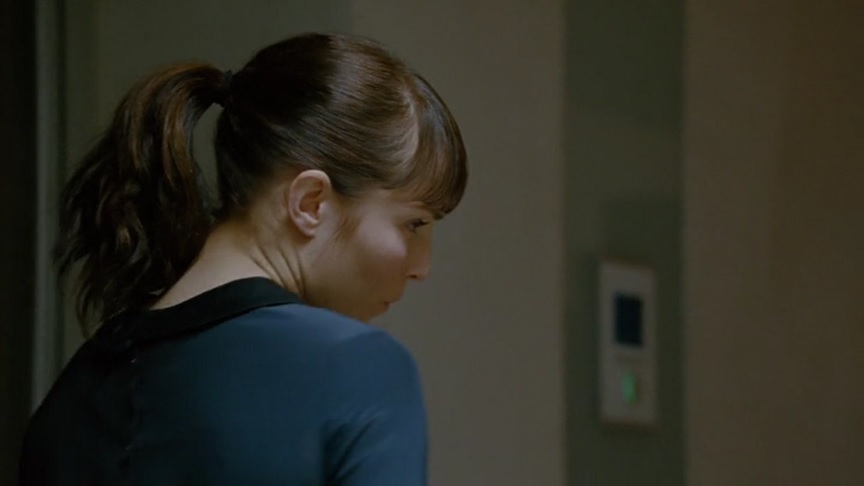














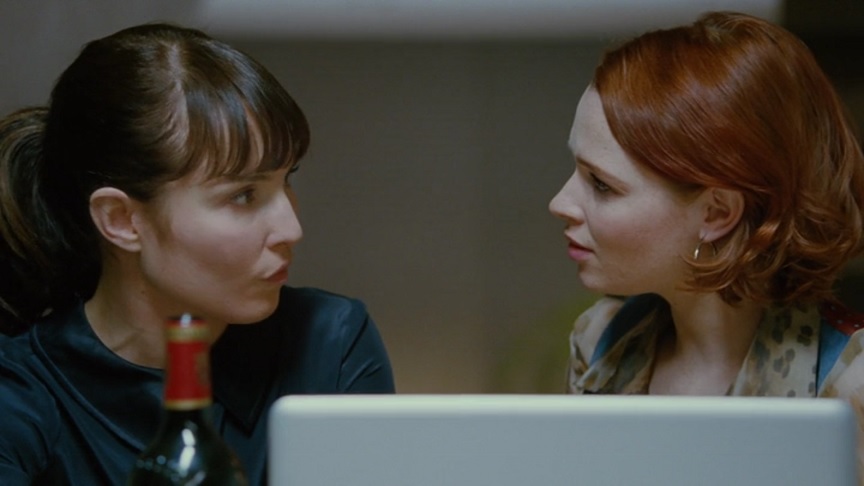





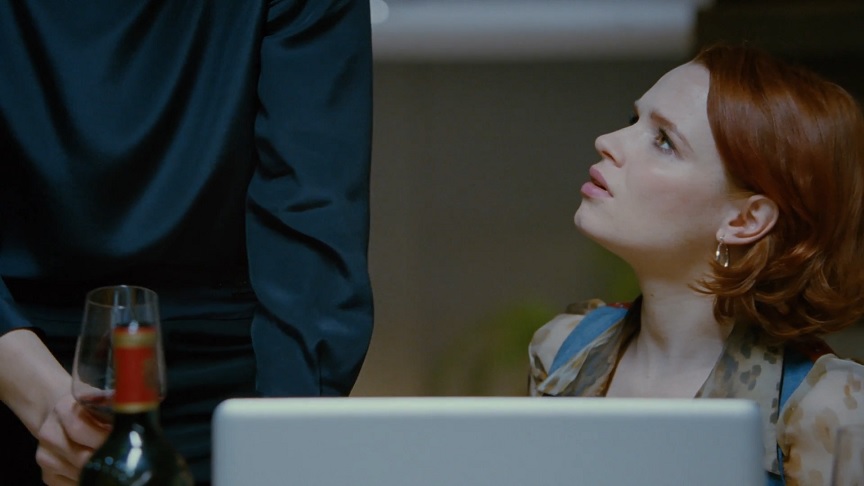
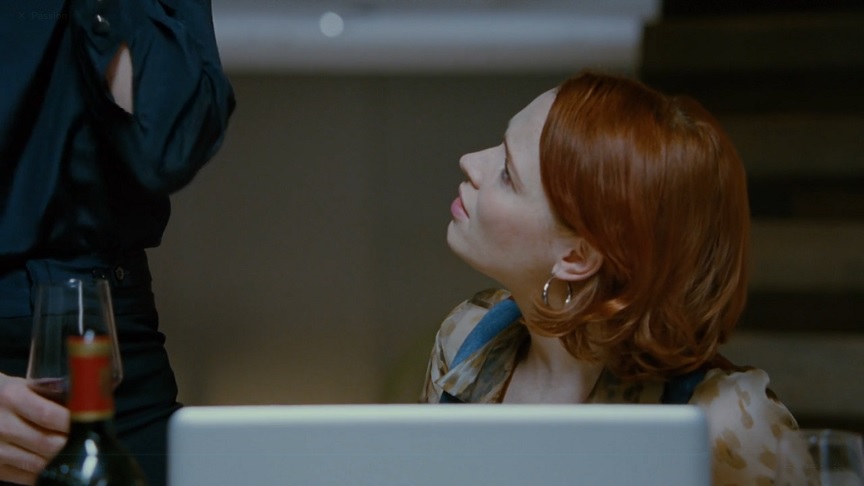











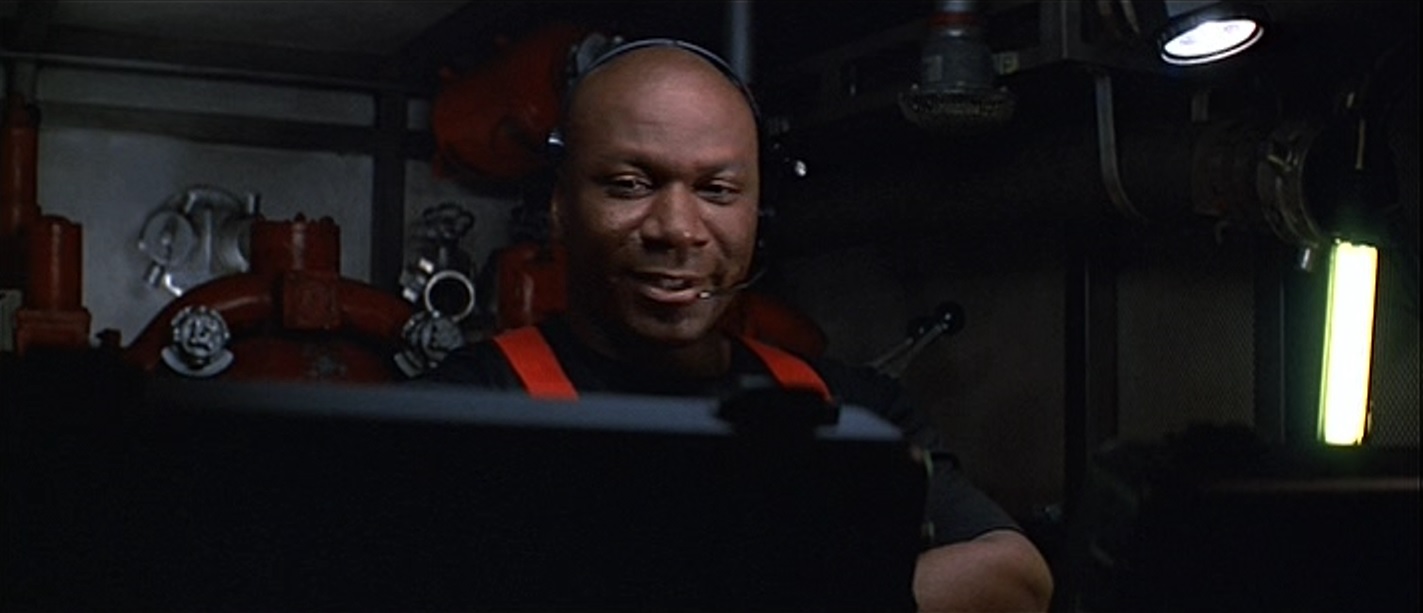
































 Are Snakes Necessary? hits the streets on March 17th, but some early reactions to the novel, co-written by Brian De Palma and Susan Lehman, are beginning to show up online. "Read Are Snakes Necessary? in one night and it really is like a Brian De Palma's greatest hits of obsessions, fixations and fetishes," author
Are Snakes Necessary? hits the streets on March 17th, but some early reactions to the novel, co-written by Brian De Palma and Susan Lehman, are beginning to show up online. "Read Are Snakes Necessary? in one night and it really is like a Brian De Palma's greatest hits of obsessions, fixations and fetishes," author